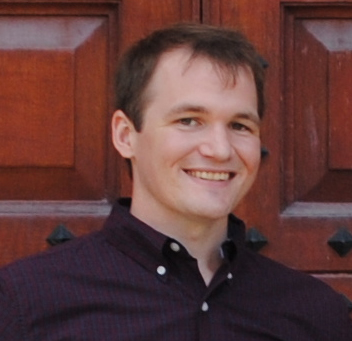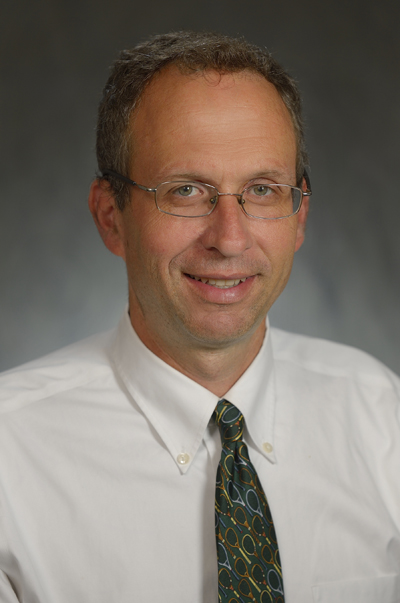Philadelphia: It’s well known that humans and other animals are fatigued and sleepy
when sick, but it’s a microscopic roundworm that’s providing an
explanation of how that occurs, according to a study from researchers at
the Perelman School of Medicine at the University of Pennsylvania. A study published this week in eLife reveals the mechanism for this sleepiness. Working with a worm’s simple nervous system shows how a single nerve
cell named ALA coordinates an organism-wide response to sickness. During
sickness, cells are under stress, and organisms experience sleepiness
to promote sleep and recover from the cellular stress. In the worm, this
sleepiness is caused by release from the ALA neuron of FLP-13 and other
neuropeptides, a group of chemicals that send signals between brain
neurons.
“Sleep is vitally important in helping both people and animals to recover during sickness,” said senior author
David M. Raizen, MD, PhD,
an associate professor of Neurology and a member of the Center for
Sleep and Circadian Neurobiology. “Similar signaling may operate in
humans and other animals to regulate sleep during sickness. These
findings create a launching pad towards future research into the
mechanisms for illness-induced sleepiness in humans and other
organisms.”
These findings reveal that FLP-13 causes sleep by turning down activity
in the nervous system cells that help keep an organism awake.
Researchers examined genetic mutations to determine which genes cause
the worms to fall asleep when FLP-13 is released. This revealed that
worms with mutations that cause them to lack a receptor protein called
DMSR-1 on cell surfaces do not become sleepy in response to FLP-13. This
indicates that DMSR-1 is essential for FLP-13 to trigger sleep.

Next experiments will target whether illness-induced sleepiness in
humans and other mammals is triggered via a similar mechanism. If so,
this research may be a critical step towards developing drugs to treat
human fatigue associated with sickness and other conditions.
Co-authors include first author Michael Iannacone (University of
Pennsylvania), Isabel Beets (KU Leuven of Belgium), Lindsey Lopes
(University of Pennsylvania), Matthew Churgin (University of
Pennsylvania), Christopher Fang-Yen (University of Pennsylvania),
Matthew Nelson (Saint Joseph's University), and Liliane Schoofs (KU
Leuven of Belgium).
Funding was provided by the National Institutes of Health
R01NS088432, R21NS091500, and P30ES013508, the European Research Council
ERC-2013-ADG-340318, and the Fonds Wetenschappelijk Onderzoek.

